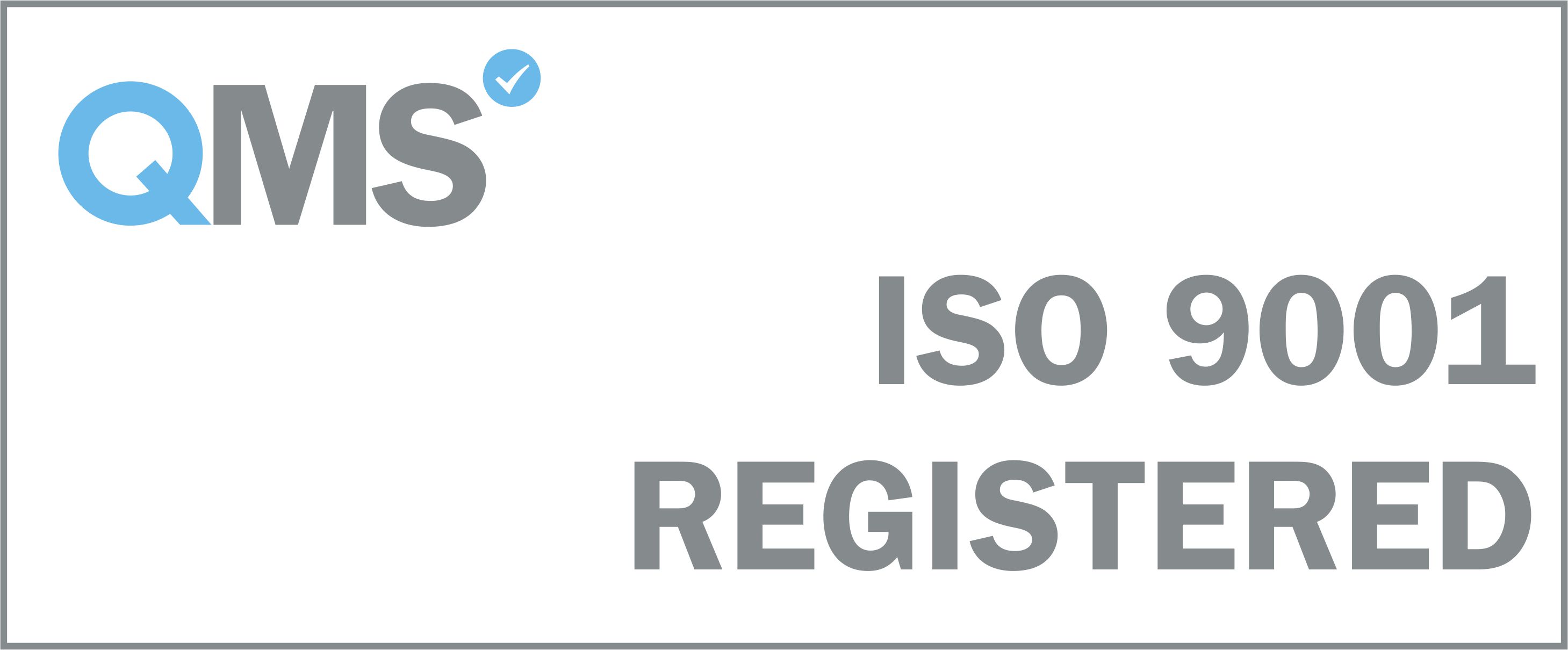Aircraft Collision during Taxi for Take off
03 March 2015
This case study is not one we have been personally been involved with, but we thought it a good example of qualitative failures (human error) leading to incidents with potential to harm.
Since getting involved with functional safety, you have probably experienced, as we have, that you become continually aware of how things can fail coincidentally, not only in industrial environments at a professional level, but also closer to home, in your home and personal life. You now appreciate that the saying " That can never happen" is not in your vocabulary, but how many times have you heard it during discussion about failure during PHRA??
A statement we always remember from our ICI days is that "Accidents don't just happen, they are caused".
It is interesting to note, that generally hardware and electronics are pretty robust and failures tend to be caused by human beings making mistakes, rather than hardware/software failing.
The case study we are to look at here, is where a collision occurs between a light aircraft and passenger jet on an active airport runway, during a foggy day. The light aircraft was directed onto an active runway, which led to a collision with an airliner taking off.
The following conditions were in place during that day to cause a collision on the runway:
- Thick fog on the runways
- Runway signage was poorly maintained, and illegible and did not meet regulations.
- Air traffic control not aware of some runway markings, some of which were not on his maps, so they disregarded details from the light aircraft pilot.
- Ground controllers terminology of Aprons, Taxi Ways and Runways did not match the signage.
- Active ground radar not commissioned.
- Runway aicraft/object incursion detection equipment by-passed, due to false alarms
- Light aircraft pilot not certified to fly in visibility of less than 550m.
As can be seen from the seven conditions above, except for environmental conditions, the balance of 6 are down to qualitative or systematic errors, as explained below:
- Weather conditions, out of our hands, but low visibility procedures should apply.
- Poor maintenance procedures and errors in signage design.
- Poor training and operator familiarity of the runaway layout.
- Disconnect between training and actual runway markings.
- Poor maintenance planning and operating procedures, which allowed the runway to operate without the ground radar.
- Poor detector layout design or incorrect use of technology, leading to false alarms and ultimately, the system be bypassed.
- Pilot not following aviation regulations.
From above, it becomes quite clear, that we must not only follow quantified analysis during system design to calculate hardware failures, but we must also adopt the necessary rigour systematic capability to understand the processes and procedures during design, to ensure we as humans, do not make mistakes and introduce faults into systems.
More Case Studies
Chemical Facility - Hardwired Safety Instrumented System (SIS) UpgradeOffshore F&G System CFD Analysis

What We Do
We offer a full range of functional safety services, including Functional Safety Regulations, Functional Safety Audits and Assessments, HAZOP, Risk Reduction Targets, Design, Verification and Validation, Commissioning and Operation, and more.
Services we offer




